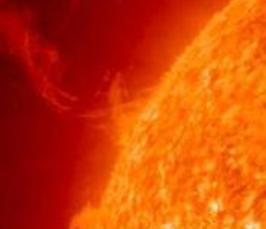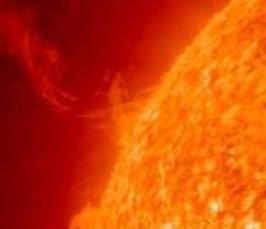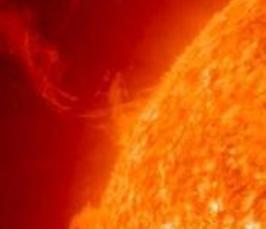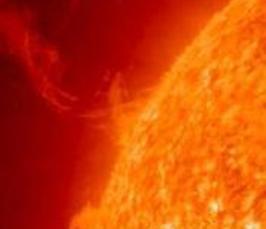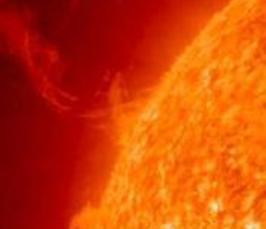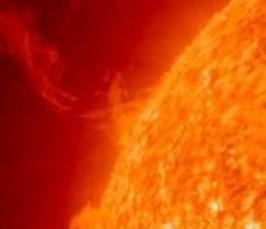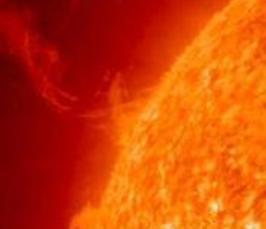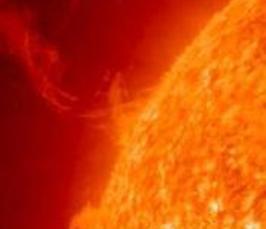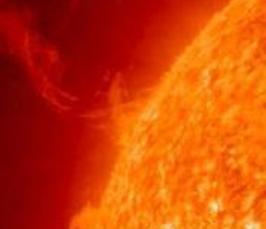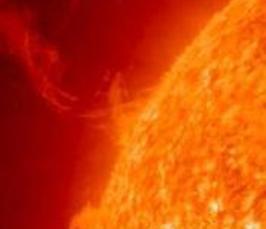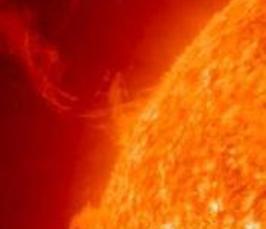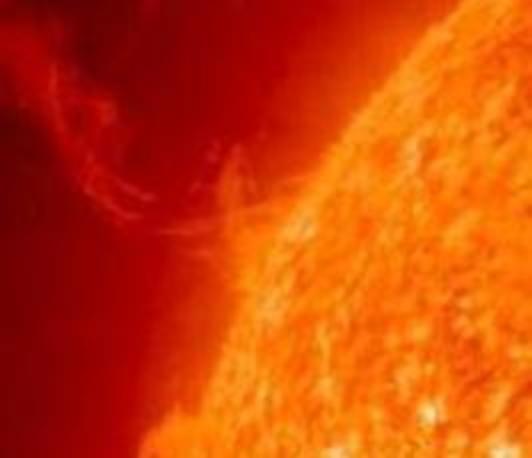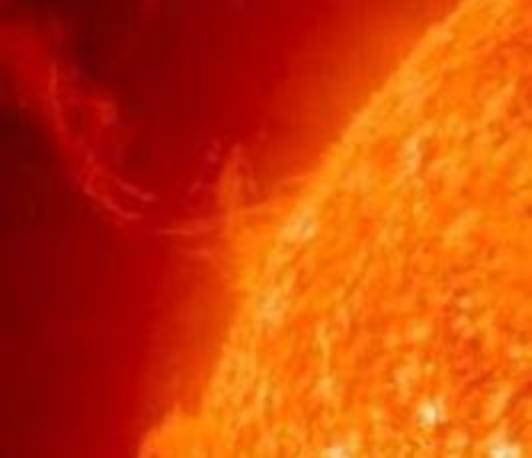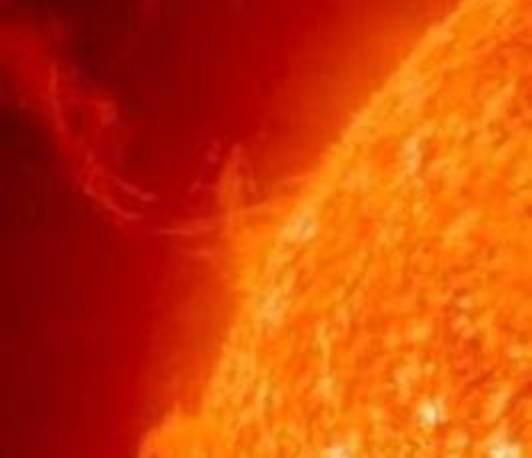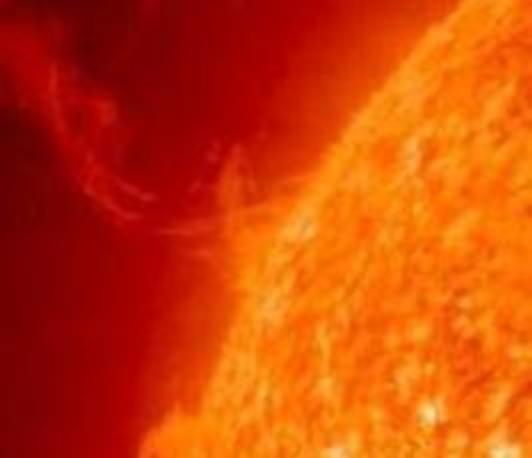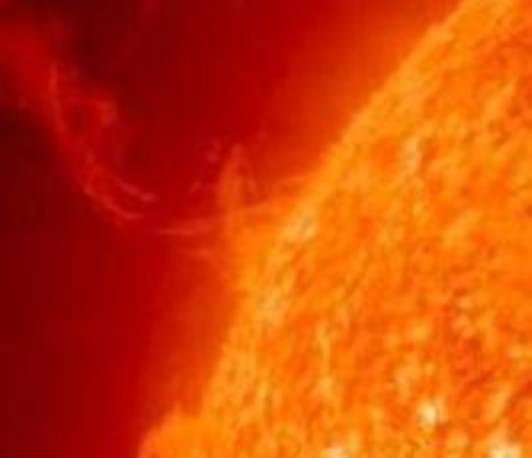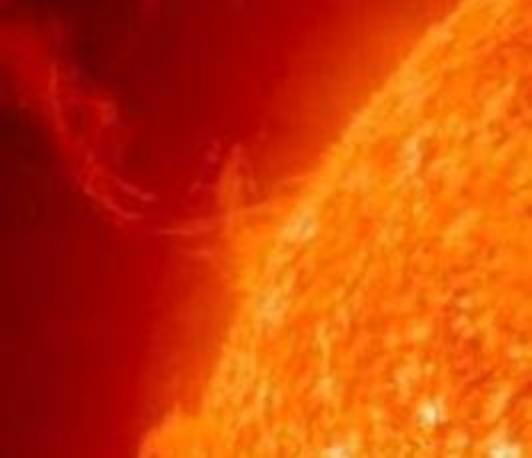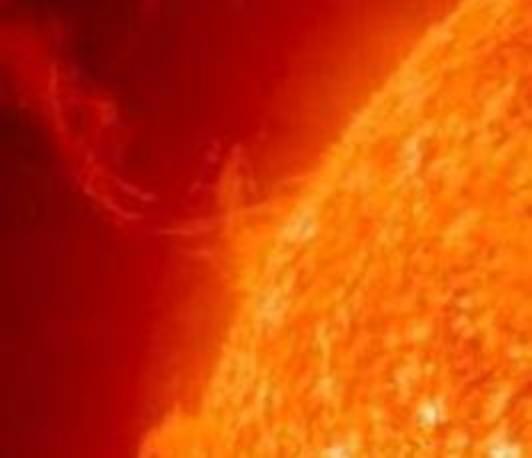The solar corona temperature is maintained to more than 1 MK. One of the main theories of the coronal formation (Parker 1988) suggests that the energy is dissipated into the corona through a high number of impulsive, low energy (10²⁴ ergs) heating events, called “nanoflares”. On 30 May 2020, during its first high temporal and spatial resolutions observations, 1463 small (400 – 4000 km) and short lived (10-100 s) EUV brightenings were detected in the Quiet Sun by the high resolution UV imager HRI-EUV (174 Å) on board Solar Orbiter. These may be the signatures of nanoflare heating. As HRI-EUV is sensitive to both coronal and transition region emission, our goal is to verify if these brightenings indeed do reach coronal temperatures. As spectroscopic data were not available during the 2020 May observation, we applied the time lag method to the SDO/AIA coronal channels. The objective is to infer the thermal behavior of the events. Our results suggest two possible interpretations: either (1) the events peak below 1 MK, where the AIA response functions behave similarly, or (2) the events cooling time scale is below the AIA cadence of 12s. As spectroscopic observations should be able to clearly distinguish between both cases, we then use cotemporal Quiet Sun observations of Solar Orbiter HRI-EUV and SPICE, coordinated with Hinode/EIS, on 8 and 17 March 2022, and on 4 April 2023. We first detect the events in HRI-EUV, and identify them in SPICE or EIS. Temperature diagnostics using SPICE or EIS data confirm that these events are dominated by plasma below coronal temperatures. We conclude that these small (< 4 Mm) EUV brightenings detected by HRI-EUV are dominated by plasma at chromospheric or transition region temperature. As such, they hardly contribute directly to coronal heating.
[more]
